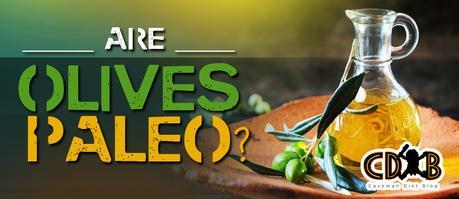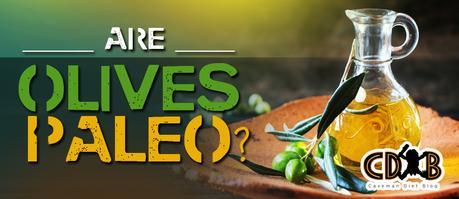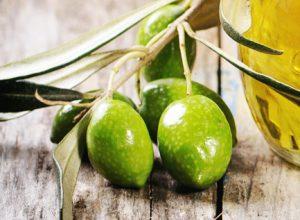

Are Olives Paleo?
The principle behind the Paleo lifestyle is to replicate the eating habits of our Stone Age ancestors in hopes to obtain the same nutritional and energy benefits that they were able to achieve, even when battling against their environment on a consistent basis.
In Paleo, the foods that are “allowed” (we prefer to call them “richer in macronutrients”) are natural foods that can be found in their original state in the environment. While processing these foods through cooking and mixing is allowed, the addition of preservatives and artificial flavors is not.
Are Olives Paleo?
Based on the premises discussed before, olives definitely follow the Paleo principle of being, a) naturally-found (not fake), b) not stuffed with fake additives for preserving, c) not laden with sugar, salt, or dairy. The answer as to whether olives are Paleo is a definite, “yes.”
What About the Salt Content?
This is a matter of common sense more than principle. Most commercially produced olives are cured with a extremely high amounts of sodium. As such, you want to avoid that and look for uncured olives, which work well for paleo cooking.
In Paleo, we do not eat foods with loads of added salt and when salt is added we try to go for the most natural (i.e. sea salt, Himalayan pink salt) and avoid processed salt.
Olives have a natural sodium content and salt is necessary as a mineral, regardless of what eating methodology we choose. Hence, what source would you use to match your daily macronutrient needs for sodium or salt? Would you pick a serving of olives, or a serving of potato chips?
Why pick olives over potato chips?
Sounds like a trick question, but it is actually a very valuable one when we realize the benefits of one food choice over the other.
- Oleic acid
- Monosaturated fats
- Antioxidants
- Minerals and nutrients including iron, copper , vitamin A, vitamin B, and fiber
How many types of olives are there?
Go to your local fresh food store, and check out the olive bar. They

Castelvetrano- Sicily’s quintessential snack olive has a sweet, green hue with less tartness.
Cerignola- The super-sized olives from Puglia, Italy are oval- shaped and so good to eat stuffed.
Niçoise -The French Riviera favorite, and the essence of tapenade and salad Niçoise.
Manzanilla- Small, Spanish olives with a briny, smoky flavor that are often pitted.
Kalamatas- The Greek restaurant favorites are also used for tapenade, but they go great with salads and when used as stuffing.
How to pair olives and Paleo?
Eat them, and eat them often!
- When making cauliflower into rice, mix with Spanish sofrito, thin, diced, onions, and green olives to create the ultimate Caribbean rice….without rice!
- On game night, offer a spread of olives as one of your snack options, and teach your friends a thing or two about olives. Be the star of the night!
- On salads, Paleo pizza, and for chunky salsa
- On your grain-free vodka martini; just a thought!
In all, olives are more about macronutrient content and less about whether its salt content is “Paleo enough” or not. As a natural fruit, their do have what it takes to be included. Moreover, the nutrients contained in one serving of olives are a fantastic add- on to your daily food log.

